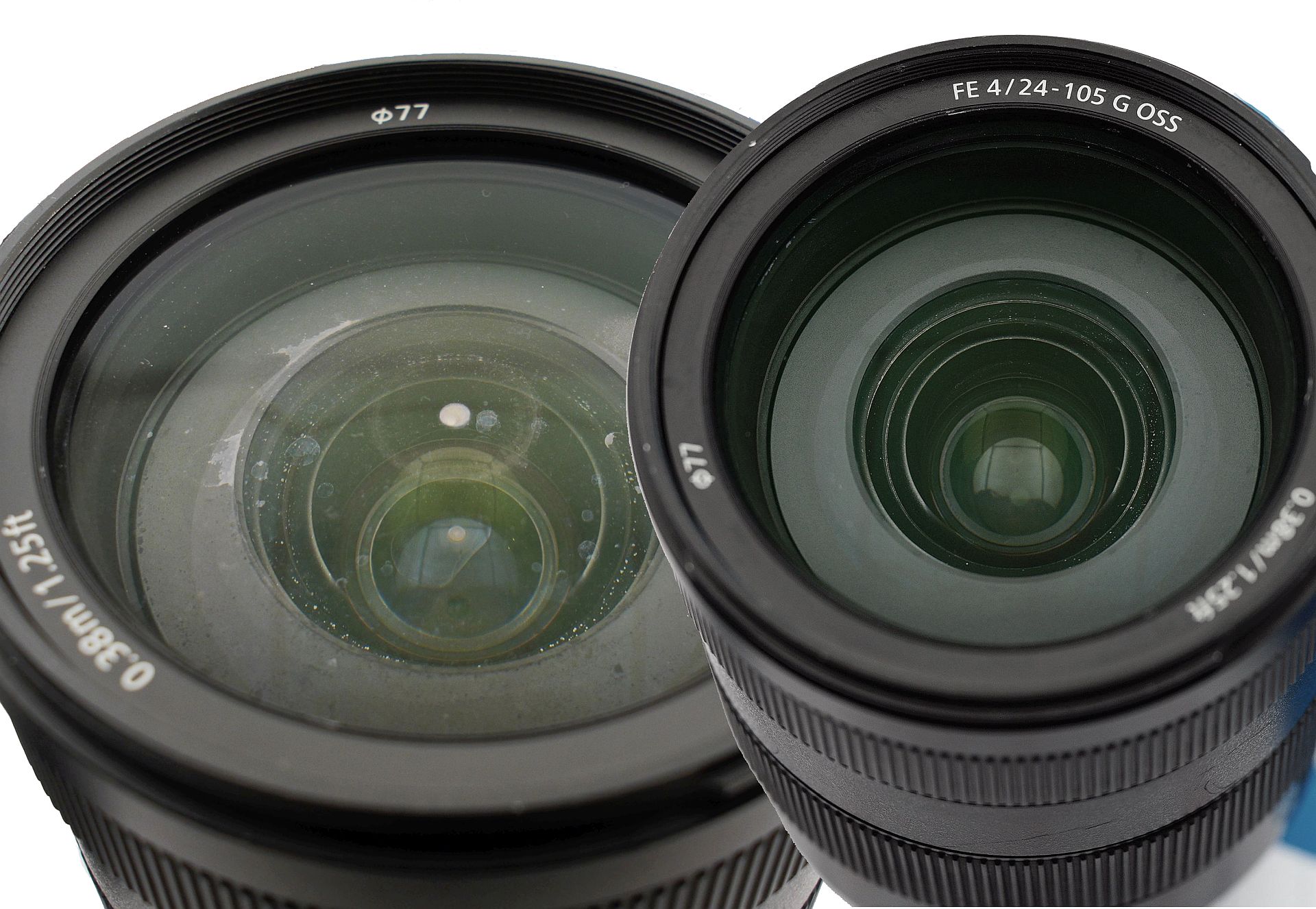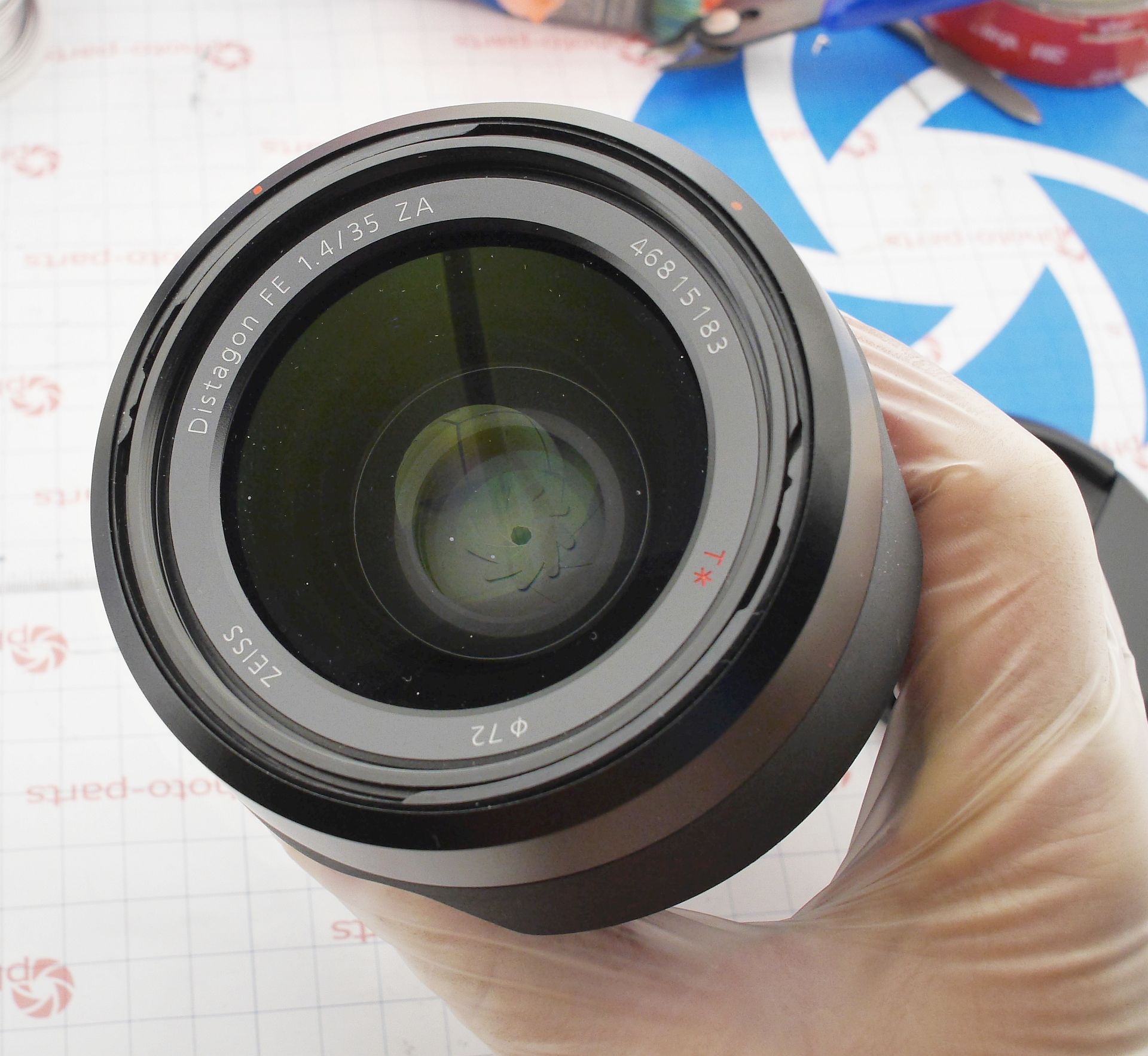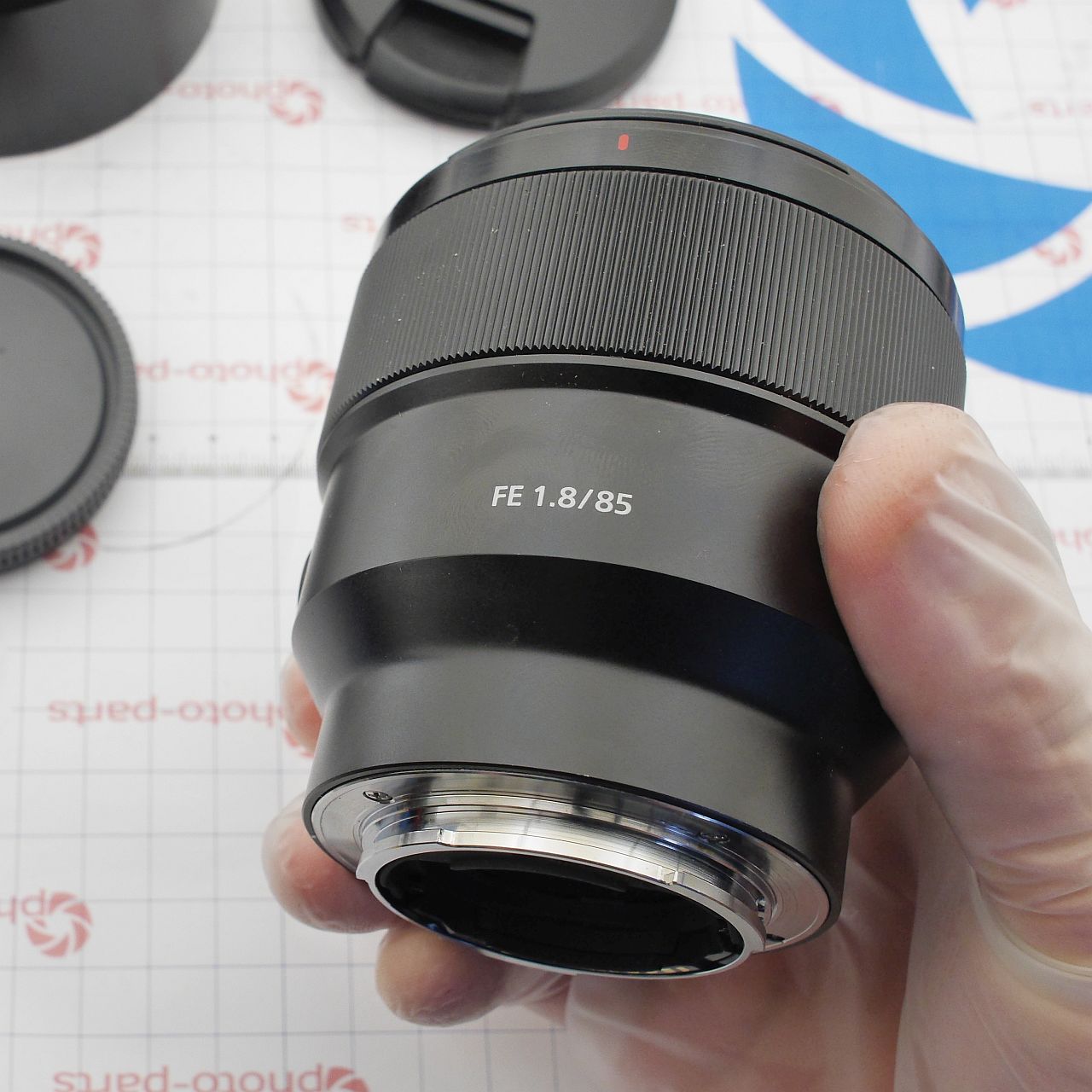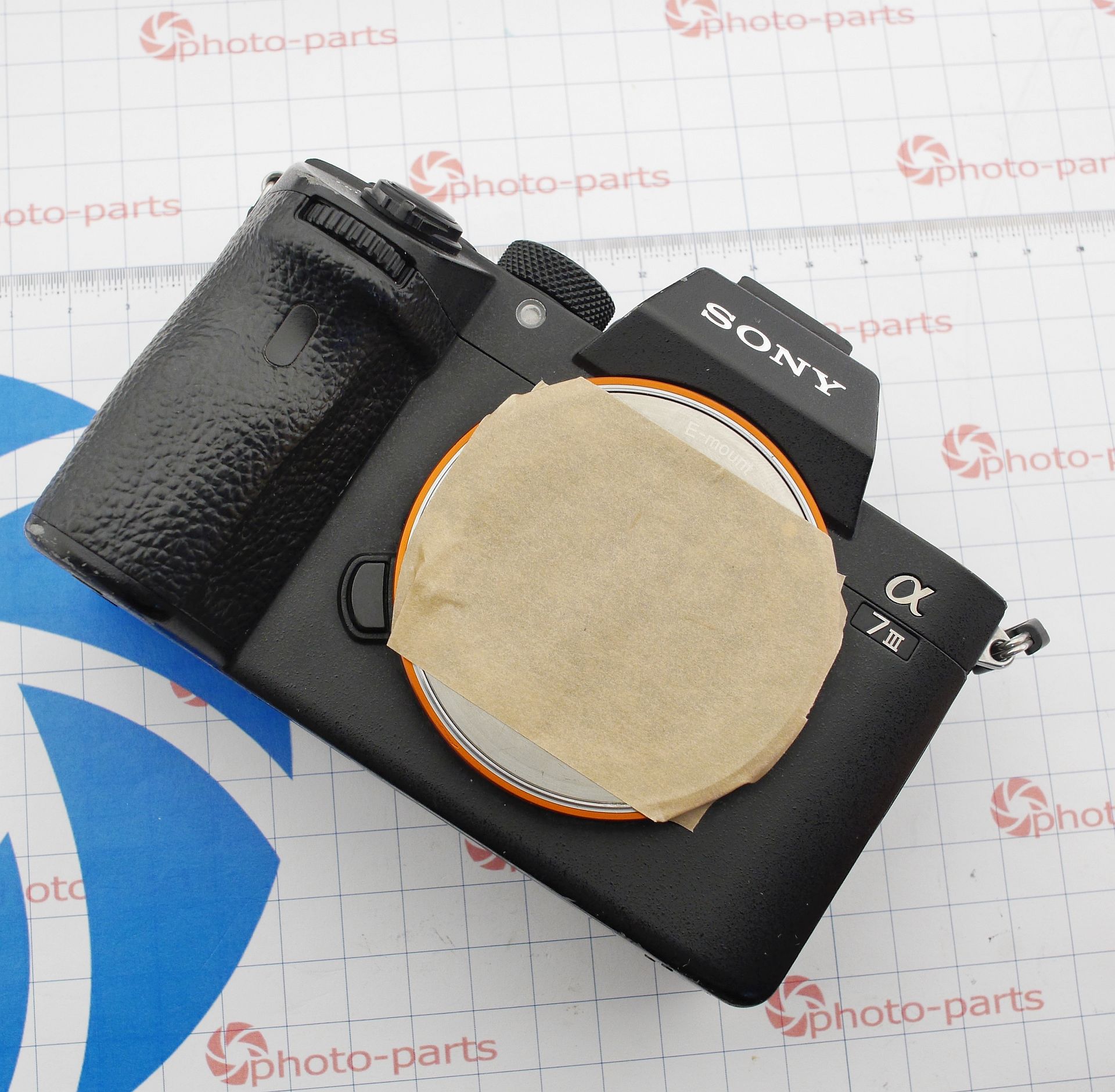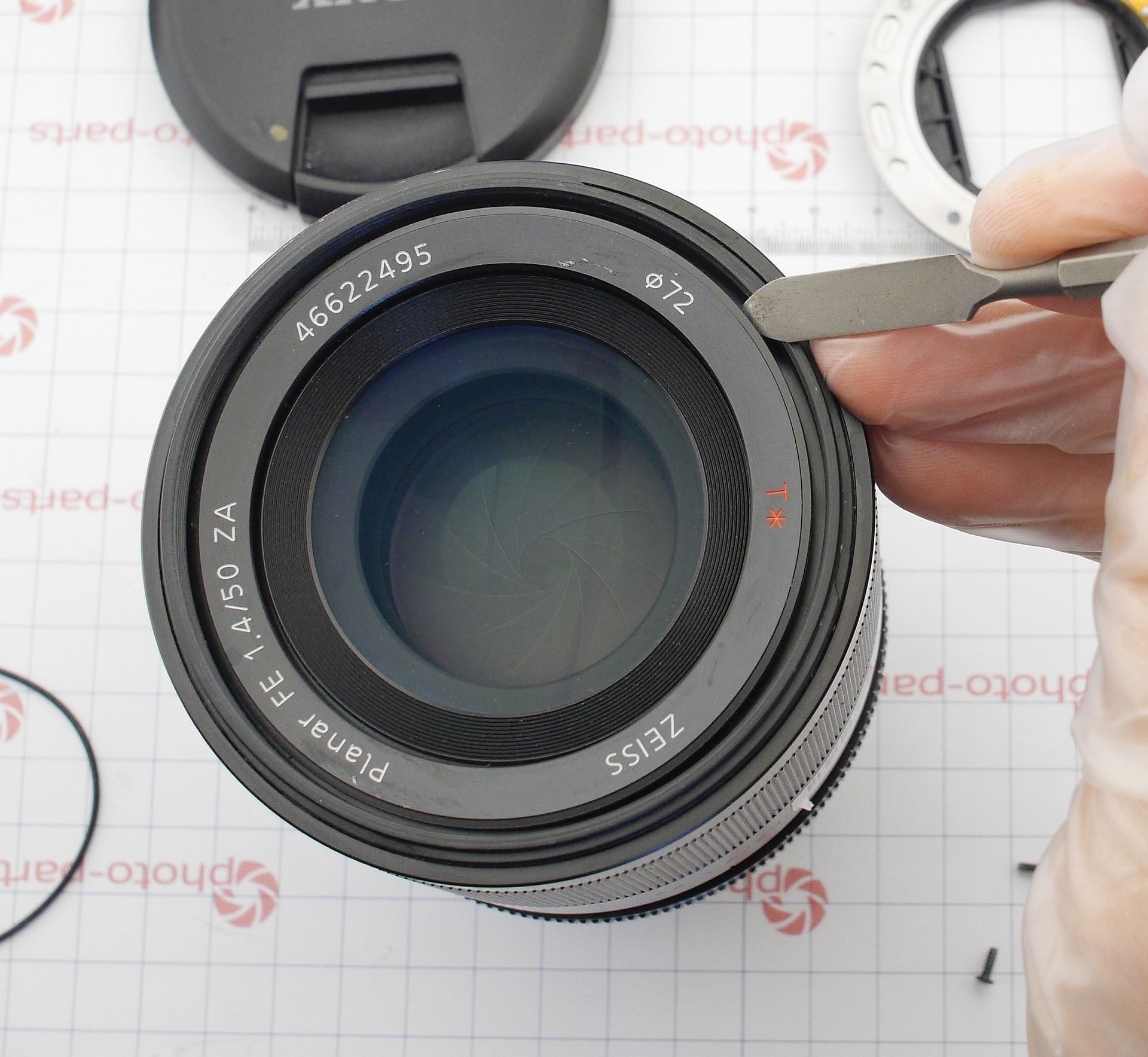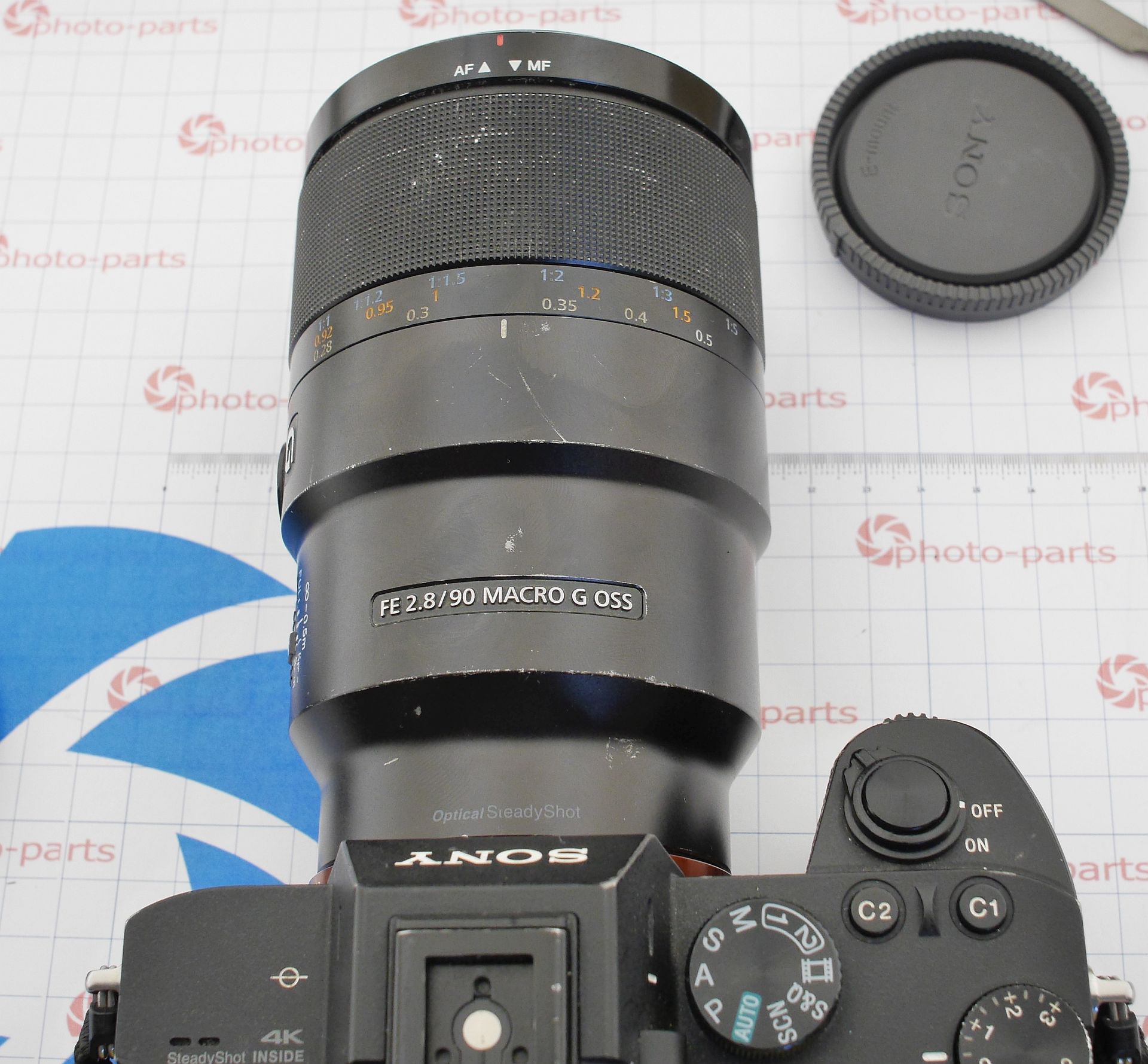I often see two opposite cases in lens repair: the optics are in perfect condition, but something prevents the lens from working (broken autofocus, falling apart enclosure, and so on), or - everything seems to work, but the optics are in a terrible state. Today - about the second case. The Sony FE 24-105mm G OSS lens was fully submerged in some body of water, dried out, and remained functional (the aperture, stabilizer and focus all still work), but with awful stains everywhere. I'm facing a
-
-
Variations in the final product are nothing unusual. In mass production, reliability gets refined, costs are optimized (though sometimes one comes at the expense of the other), and engineers make small tweaks to the design along the way. I can name several pieces of photographic gear where identical external appearance hides very different internals. But this time, Sony has outdone everyone — two completely different lenses hiding under the exact same nameplate! That’s a bit of a spoiler,
-
The first number that comes to mind when someone says "portrait lens" is undeniably 85mm. If you’ve got deep pockets and strong arms, you go for the f/1.4 (or even f/1.2); for less demanding photographers, there's f/1.8. Every major manufacturer offers a mass-market 85/1.8, and for example, the Canon 85mm f/1.8 USM is a true repair classic - often seen with worn optical encoders or a finicky aperture. This is our first time opening up the Sony FE 85mm f/1.8 - and we're excited to share it.
-
I can accept "natural" damage without complaint. Water ate half the camera? Alright, it happens. A drop cracked the shell? Fair enough. But when some butterfingered “technician” makes things worse inside - I get furious. This camera arrived with the complaint: “the display doesn’t work, it reboots after language selection, and overall it’s not in great shape.” Turns out - even that was a lie. The camera was completely dead, zero reaction to the power lever. Let’s begin the
-
Among Sony E-mount lenses, the G Master and Zeiss (ZA) series stand out in particular. The G series is supposed to deliver mind-blowing image quality, fast autofocus, and record-breaking aperture speed, while the ZA line, in turn, focuses on artistic rendering (allegedly) - and fair enough, Carl Zeiss engineers did lend a hand in designing the optics! I'll leave this kind of classification to the marketing department, but from my own experience, there's nothing alien about Zeiss-branded lenses.
-
A very typical failure of a very good lens – the Sony FE 90mm F2.8 G OSS: it’s no longer detected by the camera after a fall. This lens uses Sony’s proprietary focusing technology – Direct Drive Super Sonic Motor (aka DDSSM) – but with a twist: there are two such motors inside. Essentially, this motor type is an ultrasonic linear actuator, first introduced in exactly this form back in the Minolta/Sony A100, where it was used to move the sensor. The lens is moved along a straight shaft
